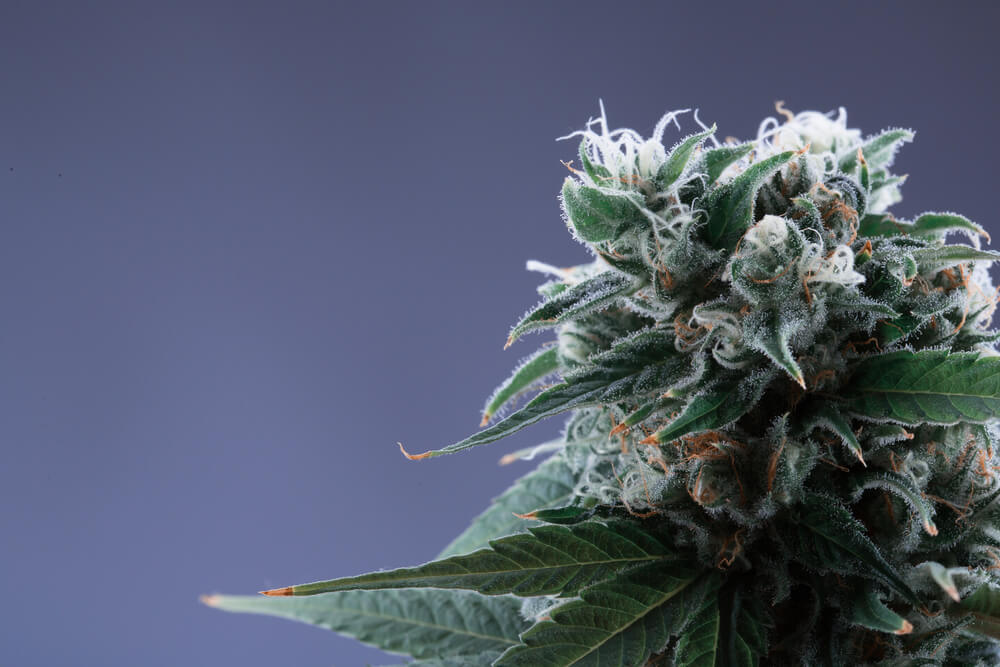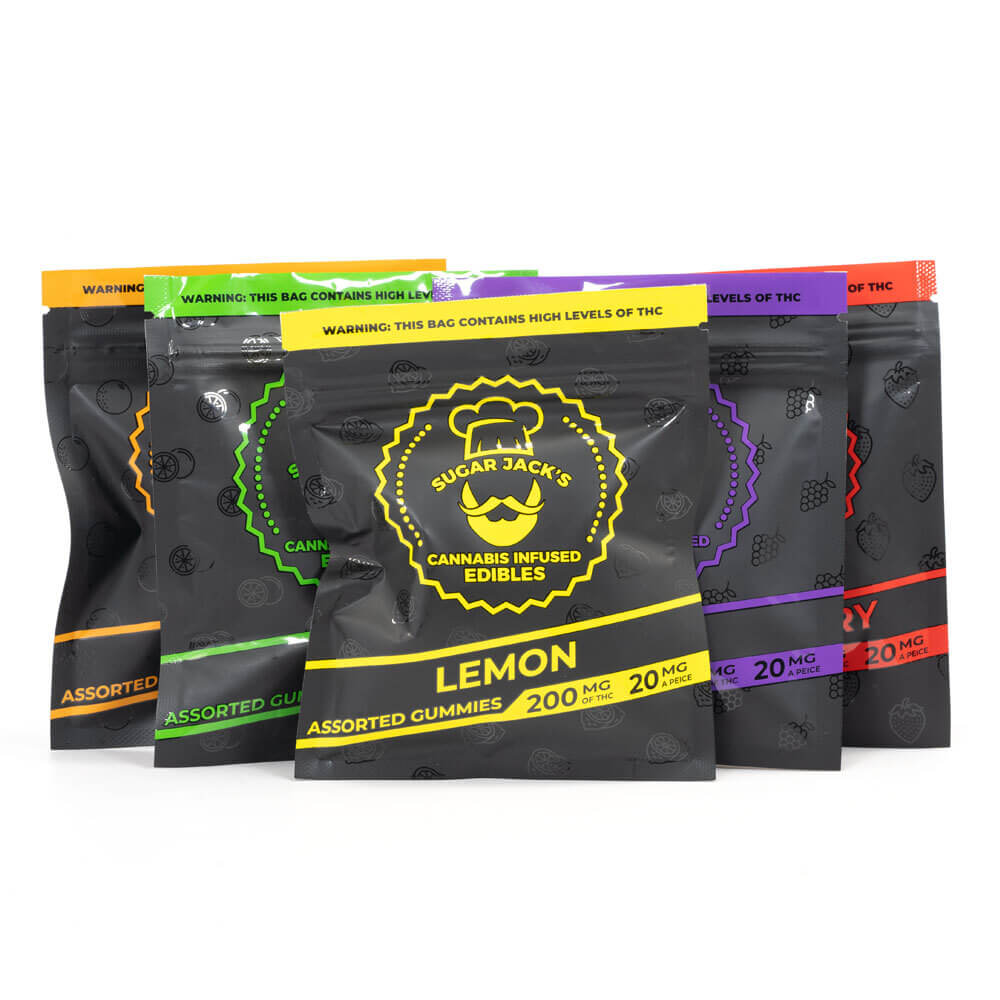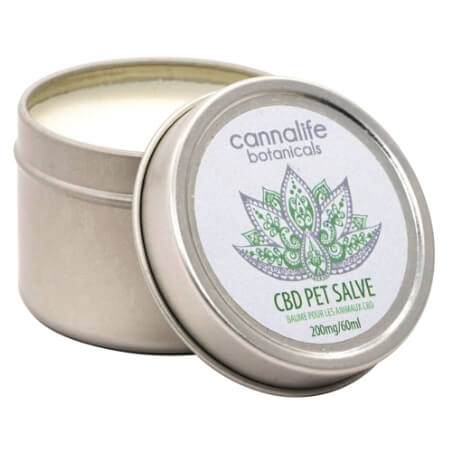No products in the cart.
CBG – The Science Behind Phytocannabinoids
18 Jan 2024

What is CBG?
The cannabis industry is a fast-paced and fast-growing market where consumers are getting more and more curious by the minute. Companies are trying to keep up with that curiosity by innovating and understanding all potential uses of cannabis.
The reality of the cannabis industry is that if you’re a brand that isn’t innovating, you will end up losing customers to other up-and-coming brands.
This is one of the main reasons why we’ll be talking about CBG today. It has become one of the hundreds of cannabinoids that lead the march towards industry innovation.
Unlike CBD and THC, information on it is not as widely spread, and as a concentrate, it is not one of the most widely consumed either. Not yet, at least.
Let’s look at what CBG is, its main benefits. As well as, how it compares to other components found in the cannabis plant.
What is CBG?
The quick and to the point answer to that question is that CBG is a phytocannabinoid.
Phytocannabinoids are naturally occurring components in the cannabis plant. This implies that the cannabinoid forms without subjecting the plant to external processes that modify its chemical composition.
For instance, cannabis companies often employ processes such as alkalinization, heat, and pressure to create concentrates and products from naturally occurring cannabinoids like CBG.
However, these processes are not necessary to activate the effects of CBG on the body or to produce it, as CBG is a phytocannabinoid.
So, other compounds like THC and CBD require processes like these to exist. In fact, when cannabigerol (CBG) goes through natural and synthetic processes like these, CBD and THC are created.

Think of CBG as the “stem cell” for other cannabinoids like THC and CBD.
Out of the three, it is the first happening cannabinoid in the plant. Following an internal enzymatic reaction, CBG undergoes a chemical alteration to produce CBD and THC..
This might explain why a single cannabis plant contains CBG in small quantities.
After production, a chemically altering process promptly eliminates traces of cannabigerol from CBG.
Thus, allowing you to create other components from it.
The scarcity of CBG in a single cannabis plant has also led to the lack of conclusive studies that could explain the effects of the cannabinoid on the body. Only recently has the industry been catching up and exploring all the benefits that cannabigerol has to offer.
The Benefits of Cannabigerol
For any cannabinoid to have an effect on the body, it must latch onto an element found in the body known as an endocannabinoid system.
There’s a large list of different endocannabinoid receptors located in the system, and each one is built with the purpose of fitting a specific type of cannabinoid and delivering it to its destiny within the body.
When a receptor activates, it triggers the effects of the specific component on the body.
Without receptors, there can be cannabinoids, but certainly not the effects that come with them.
So how does CBG fit into this?
CBG has been found to activate certain receptors and block other cannabinoids’ effects. For example, cannabigerol counter-acts certain effects of THC in the brain, and it has also been found to enhance specific pain-relieving effects that come with it.
This enhancing feature that CBG has on other cannabinoids is commonly known as the “entourage effect“.
Some studies have shown that cannabigerol on its own may help with the negative effects of disorders like colitis, neurodegeneration, cancer, glaucoma, and inflammation. It has also been found to be helpful with muscle relaxation, tension relief, providing a calming sensation, and being rich in antibacterial properties.
We need to be clear that there isn’t any conclusive evidence proving that cannabigerol actually helps with this. To treat any type of ailment, you should consult your physician and follow their instructions.
There are still plenty of studies that need to happen before any of these benefits can be claimed unequivocally. There have been no official side effects of CBG, but it is advisable to consult and follow your doctor’s advice.
If you have read about cannabis benefits before, many of these could sound mighty similar to those attributed to CBD specifically. So let’s clear the air and understand the main differences between both components.
CBD vs CBG

With the research results available to us today, we know most of the benefits attributed to CBD. However, we are just scratching the surface with the information on CBG.
This makes it hard to understand the main differences between the two of them in terms of benefits. What is very clear is the difference in terms of chemical properties.
As mentioned before, cannabigerol is used as a precursor in the production of CBD. Because of this, and contrary to CBD, it’s harder to find CBG in large quantities as it usually changes to create other compounds.
Both compounds counteract the effects of psychoactive components like THC and are frequently for this purpose, without causing intoxication.
Studies have shown that CBD blocks or reduces the effects of THC on the brain. This is also a commonality with CBG.
Even though both components may alter your state of mind, there is no “high” associated with this action. Which means you can take both CBD and CBG without the fear of impairing mental clarity.
CBG – Worth Giving a Shot?
CBG, or cannabigerol, is a naturally occurring component of the cannabis plant.
Unlike other plant components such as THC and CBD. External stimuli such as heat, pressure, or exposure to alkaline substances are not necessary for producing CBG.
It is also a precursor to more popular cannabinoids like THC and CBD.
CBG studies are scarce and inconclusive to date. Still, the little information available has shown positive effects of CBG on the body. Including reducing muscle soreness, tension, and bowel inflammation, just to name a few.
If you don’t know much about CBG, we strongly encourage you to ask your physician, try it out, and see if it works for you!





